
 |
|
|
|
The Ridgeway, Buckinghamshire United Kingdom [2] - Princes Risborough to Wendover - |
|
|
It had been a worthwhile detour to Great and Little Kimble and I headed back up the path to the crossroads, to continue the Ridgeway walk across Cradle footpath, after accessing it via a metal kissing gate. With wonderful views of Great Kimble Warren to the north, the chalk path reached another metal kissing gate. This brought me on to an open, exposed stretch, before being ushered through a gap between Whorley and Maple Woods, affording me a first glimpse of Chequers, the country residence of the Prime Minister of the United Kingdom. Signs all along the low, metal fence clearly indicates the fate that befalls anyone who dares to set foot on the property. Whilst it wasn't apparent that the boundary was being monitored by cameras, I was under no illusion of anything to the contrary. Just before reaching the road leading into Brockwell Farm, I took a path across a field towards the gatehouse at the end of the drive leading into Chequers. Crossing over the driveway via two gates on either side of it, the path eventually reaches a road near Buckmoorend, before entering a truly exquisite wood known as Goodmerhill wood, where light streaming through the trees bathed the leaves in sunlight. Almost wishing I didn't have to leave this green haven of such beauty and tranquillity, I soon found myself on Lodge Hill, faced by bright, almost blinding late afternoon sunlight to the west. |
|
|
|
|
|
|
|
|
|
|
|
|
|
|
|
|
|
|
|
|
Chequers, or Chequers Court, is a country house near Ellesborough, to the south of Aylesbury in Buckinghamshire, England, at the foot of the Chiltern Hills. It is the country residence of the Prime Minister of the United Kingdom. The original house probably gained its name in the 12th century because it may have been built or inhabited by an individual named Elias Ostiarius (or de Scaccario), who was acquiring land in the Ellesborough area at the time. The name "Ostiarius" meant an usher of the Court of the Exchequer. Elias Ostiarius' coat of arms included the chequer board of the Exchequer, so it is likely he named his estate after his arms and position at court. The house passed through generations of the De Scaccario family (spelt in many different forms) until it seems to have passed into the D'Awtrey family, whose name was eventually anglicised to Hawtrey. Another explanation sometimes offered is that the house is named after the Chequers Trees that grow in its grounds. Also known as Wild Service Tree (Sorbus torminalis), it produces small berries which are called Chequers. There has been a house on the site since the 12th century; however, little is known for sure of the early history of the 16th-century mansion known today as Chequers.What is known is that one William Hawtrey restored and enlarged the house in 1565. A reception room in the house bears his name today. It was this same William Hawtrey who, immediately after completing the house, guarded a royal prisoner at Chequers—Lady Mary Grey, younger sister of Lady Jane Grey and great granddaughter of King Henry VII. She had married without her family's consent and was banished from court by Queen Elizabeth I and kept confined to ensure that she had no descendants. Lady Mary remained at Chequers for a period of two years. The "cell" where she slept from 1565 to 1567 is still kept as it was and appears even by today's standards quite a comfortable bedroom. It is possible she was imprisoned to curb her independence and prevent any challenge to the throne such as that caused by her elder sister. During World War I the house became a hospital and then a convalescent home for officers. Chequers was given to the nation as a country retreat for the serving Prime Minister by Arthur Lee, a politician born in 1868, through the Chequers Estate Act 1917. Arthur and his wife Ruth, by this time Lord and Lady Lee of Fareham, left Chequers on 8 January 1921 after a final dinner at the house. A political disagreement between the Lees and Lloyd George soured the hand-over, which went ahead nevertheless. The property houses one of the largest collections of art and memorabilia pertaining to Oliver Cromwell in the country. It also houses many other national antiques and books held in the famous 'long room', including a diary of Admiral Lord Horatio Nelson. However, this exquisite collection is not open to the public. Nearby Coombe Hill was part of the estate until the 1920s when it was given to the National Trust. Coombe Hill and the Chequers Estate are part of the Chilterns Area of Outstanding Natural Beauty, designated in 1965. |
|
|
|
|
|
|
|
|
|
|
|
|
|
|
|
|
|
|
|
|
|
|
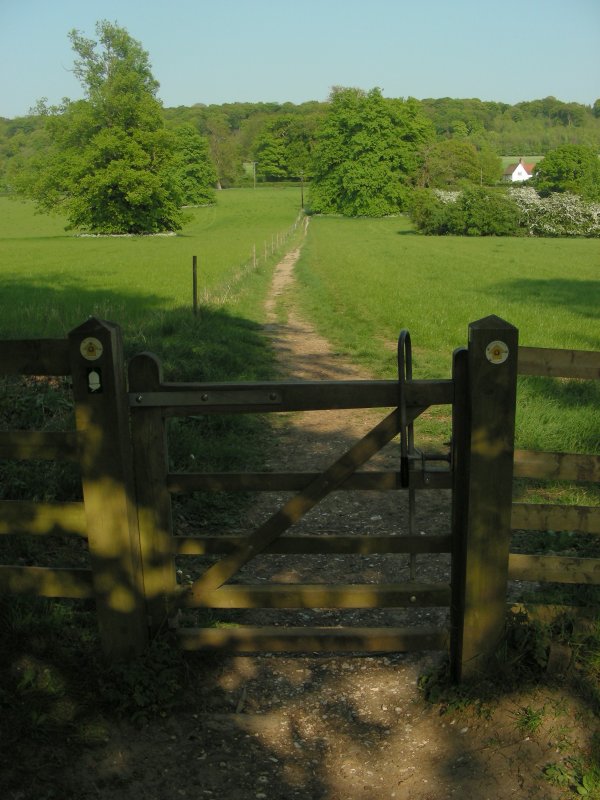 |
|
|
|
 |
|
|
|
 |
|
 |
|
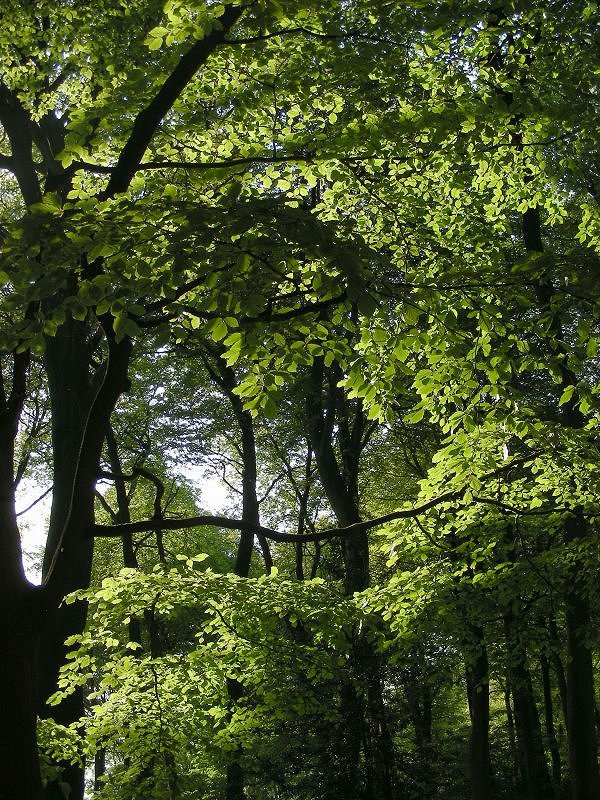
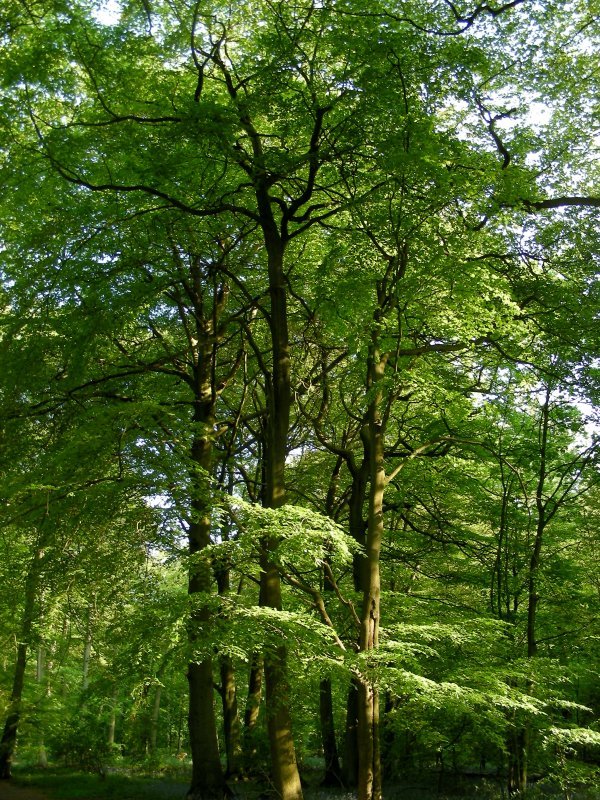 |
|
|
|
|
With Ellesborough directly below me, I made my way across to Coombe Hill and its Anglo-Boer War monument, an imperialist relic of the past, recently given something of a face-lift. I thought of my English grandfather, whose military career spanned the last decade of the 19th century through the First World War to the 1920's. Despite having passed through South Africa on his way back from India at the turn of the century, I don't think he had been involved in any combat situation on South African territory, yet I thought of young men who had been sent across the waters to advance the cause of the mighty empire and the 148 from Buckinghamshire who lost their lives fighting a guerrilla war in this hostile, foreign environment, their names emblazoned on the large, stone plaque attached to the monument. Though the origins of the war were indeed complex, the discovery of diamonds in 1871 and gold in 1886 proved the catalyst for British expansion, notwithstanding the century-old conflict between the Boers and the British that rankles to this day in certain parts of South Africa. I thought of the immense suffering brought on by British attempts to change the course of the war through Kitchener's scorched earth policy, destroying Boer farms and moving women and children into concentration camps. The concentration camps claimed the lives of some 27000 Boers, over 22000 of which were children. Emily Hobhouse, an English activist, spent six months in South Africa from January to June 1901 visiting Bloemfontein and six other camps. She returned to England to campaign against "a gigantic and grievous blunder caused not by uncaring women but crass male ignorance, helplessness and muddling." Her militancy brought the scorn of the British people who called her a rebel, a liar, an enemy of the nation, hysterical and worse. No one hated Emily more than Lord Kitchener, whose troops burnt down 30,000 farm houses, torched a score of towns and interned 116,572 Boers, a quarter of the population. I thought of the extraordinary circumstances that brought my late English father and Afrikaans mother together, after my grandfather had emigrated to South Africa in the 1920's with the entire family. As I sat on a bench on that hillside in Buckinghamshire enjoying a tea from my flask, I reflected upon the immense pride I felt at my mixed heritage and my South African roots. On 29 April 2011, Coombe Hill was the location of a 21-gun salute fired by The Garrison group to celebrate the Wedding of Prince William, Duke of Cambridge, and Catherine Middleton. I realised that I had missed the event by a day, though I was pleased to have experienced the beauty of Buckinghamshire in relative peace and quiet. |
|
 |
|
|
|
 |
|
|
|
|
Coombe Hill is a hill in The Chilterns, located next to the hamlet of Dunsmore, Buckinghamshire, England, near the small town of Wendover, and overlooking Aylesbury Vale. The majority of the hill (an area of 106 acres (43 ha)) once formed part of the Chequers Estate but was presented to the National Trust by the United Kingdom government when they were given the Estate in the 1920s. The summit of the hill is 852 feet / 259.7 m above sea level. In front of the monument is a rectangular concrete pillar that is the trig point and it is topped with a metal plaque donated in 1988 that points to true north and to the following distant features: The Cotswolds (53 miles), Brill Hill (13 miles), Waddesdon Manor (10 miles), Calvert Chimneys (15 miles), Aylesbury Church (5 miles), Mursley Water Tower (15 miles), Wingrave Church (8 miles), Leighton Buzzard (12 miles), Mentmore (9 miles), Edlesborough Church (11 miles) and Ivinghoe Beacon (9 miles). |
|
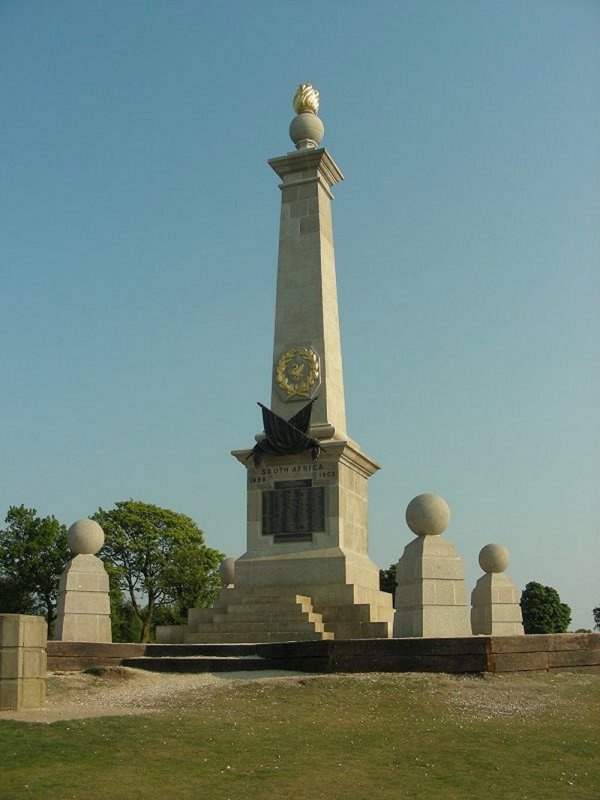
 |
|
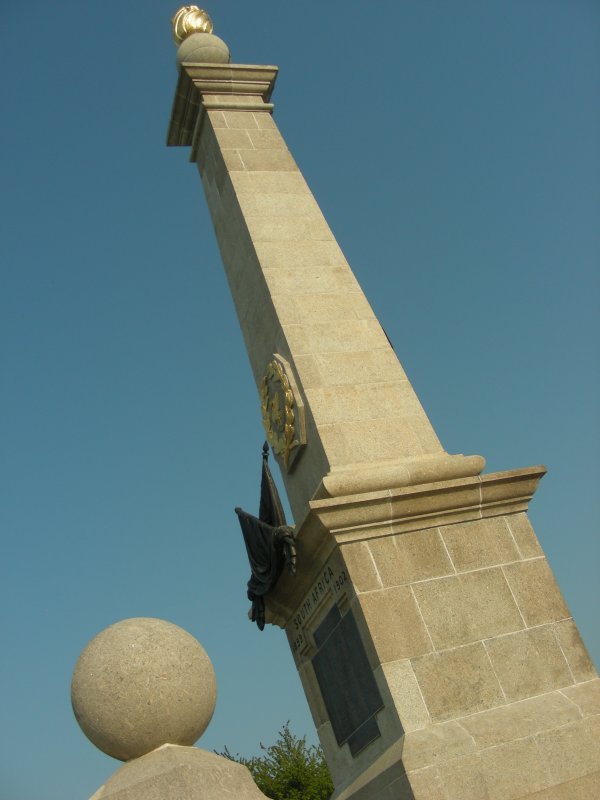 |
|
|
Coombe Hill Monument was erected in 1904, by public subscription, in memory of 148 men from Buckinghamshire who died during the Second Boer War. It was almost totally destroyed by lightning in 1938 and was rebuilt in the same year. The original bronze plaque and decorations were stolen in 1972 and replaced with a stone plaque and iron flag. The new stone plaque was also inscribed with the additional names of nine men believed to have been missing on the original. The monument was again badly damaged by a lightning strike in the early 1990s and spent several months in repair. It is now equipped with conductors to prevent the mishap happening again. The monument and a few square yards of surrounding land is owned by Buckinghamshire County Council. On 21 October 2010 the monument was rededicated after substantial restoration work. The work was done by Buckinghamshire County Council with funds raised by the Coombe Hill Monument Appeal Committee. A new plaque corrects spelling errors in the original and adds 2 names that were previously omitted. The Second Boer War (Dutch: Tweede Boerenoorlog, Afrikaans: Tweede Vryheidsoorlog or Tweede Boereoorlog), was fought from 11 October 1899 until 31 May 1902 between the British Empire and the Afrikaans-speaking Boer inhabitants of the two independent Boer republics: the South African Republic (Transvaal Republic) and the Orange Free State. It ended with the annexation of the region under the British Empire, ultimately forming the Union of South Africa as part of the Commonwealth. The conflict is commonly referred to as The Boer War but is also known as the South African War outside South Africa, the Anglo-Boer War among most South Africans. |
|
 |
|
|
|
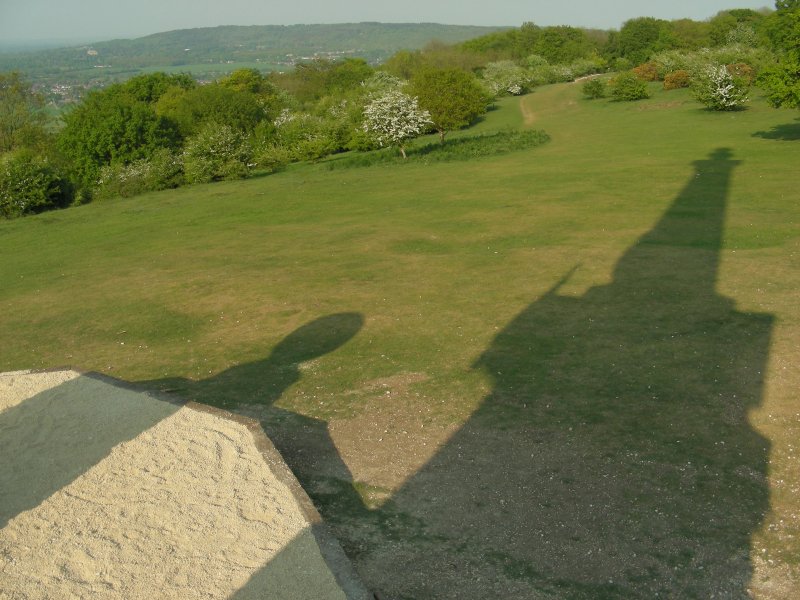 |
|
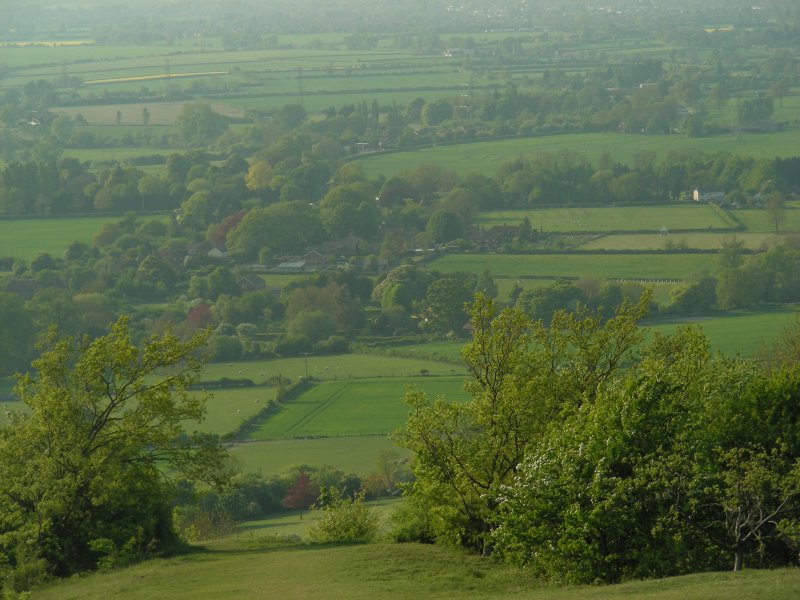 |
|
 |
|
|
According to Computer-generated virtual panoramas, there is a rare significance that seven county tops are visible from the summit of Coombe Hill. This is Arbury Hill (northamptonshire), Dunstable Downs (bedfordshire), Haddington Hill in Wendover Woods (buckinghamshire), Pavis Wood cannot be seen as this is on the southern facing side of the woods, but also included are Bushey Heath (middlesex), Botley Hill near Westerham Heights (greater london), Leith Hill (surrey) and the Uffington White Horse (oxfordshire). Although this claim could prove deceptive, as this does not inlude the trees preventing the view from the south and therefore only three can be made viewable. Also it is very unlikely that Ivinghoe Beacon and Dunstable downs can just about be seen notching out from Wendover Woods because the virtual panorama does not include trees. It has been claimed that the Malvern Hills can be seen on a clear day, this does not get a mention in the virtual panorama, but if it is viewable, then it will include an eighth county top in Worcestershire. The view overlooks Chequers, the country home of the Prime Minister, to the west and, and extends as far round to the east as Ivinghoe and as far to the north as the eye can reach. |
|
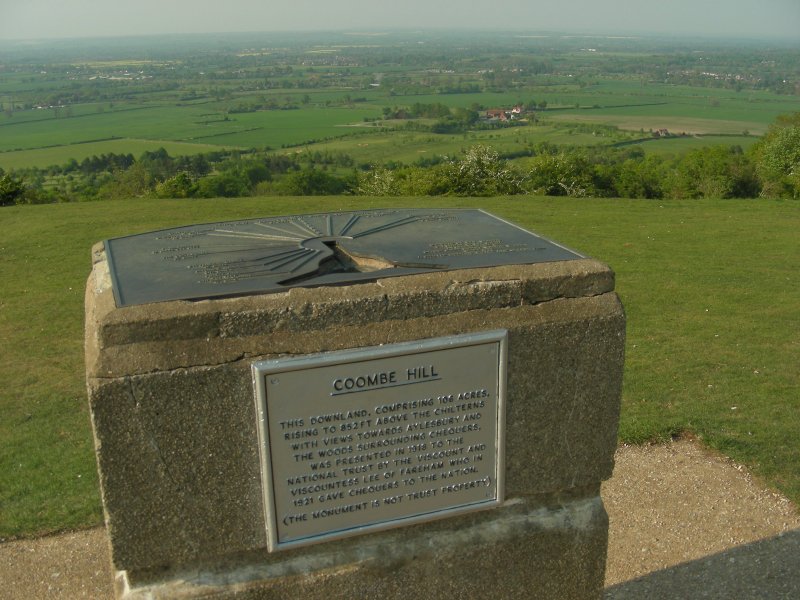 |
|
|
|
 |
|
|
|
|
|
|
[UK - index] [Home Page] |
|
Links to other websites:
|